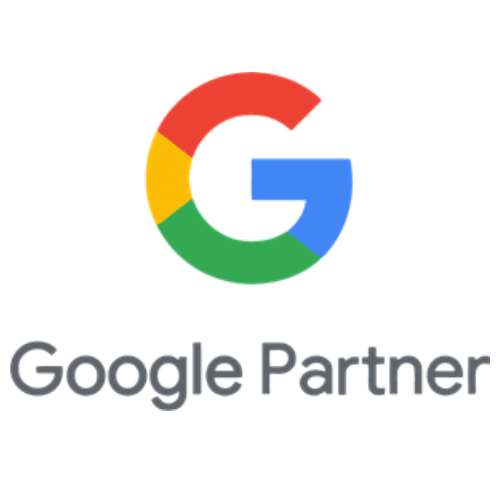Facebook (Meta) remains one of the most powerful advertising platforms for businesses looking to reach a highly targeted audience. But understanding how Meta charges you—and how to get the most value for your spend—is key to a successful campaign.
In this article, we’ll break down the most common pricing models on Facebook Ads, how Meta optimizes campaigns in 2025, and which model might work best for your business goals.
Understanding Facebook’s Advertising Optimization in 2025
In 2025, Meta has shifted away from strict pricing models like CPC and CPM as primary campaign choices. Instead, advertisers start by selecting a campaign objective (like traffic, conversions, video views, etc.), and Meta’s algorithm then chooses the best way to deliver your ads to achieve that objective.
That said, understanding the classic models is still useful—because they help you interpret results, manage budgets, and optimize your strategy over time.
Key Facebook Ad Pricing Models Explained
Before choosing a Facebook Ads objective or setting your campaign budget, it helps to understand the different pricing models Meta still uses under the hood. Each model has its strengths, depending on what you’re trying to achieve.
1. CPM (Cost Per Mille / 1,000 Impressions)
What it is: You pay a fixed amount every time your ad is shown 1,000 times, regardless of user interaction.
Best for: Brand awareness campaigns focus on reaching as many relevant users as possible to maximize exposure. These types of campaigns are designed to build familiarity with your business or product without requiring immediate engagement. They prioritize broad visibility over direct actions, which makes them especially useful when you’re entering a new market or introducing a new offering.
Pros:
- Simple to understand
- Excellent for reaching large groups quickly
Cons:
- No guarantee of clicks or conversions
Pro Tip: Use CPM for top-of-funnel marketing and when your goal is purely awareness.
2. CPC (Cost Per Click)
What it is: You’re charged only when someone clicks on your ad.
Best for: If your goal is to drive traffic to a website or landing page, CPC is a great model to consider. It’s also ideal for lead generation efforts and promoting app installs. Because you’re only paying when someone clicks, it gives you clear insight into how well your ad creative and targeting are working.
Pros:
- You only pay for engagement
- Easy to track ROI
Cons:
- Clicks don’t always lead to conversions
Pro Tip: Test your creatives regularly to improve your click-through rate and reduce CPC over time.
3. CPA (Cost Per Action / Cost Per Result)
What it is: You pay when a user completes a defined action—such as purchasing, signing up, or filling out a form.
Best for: Conversion-driven campaigns are designed to drive high-intent actions like purchases or sign-ups. These campaigns are most effective when you already have an engaged audience and clear value propositions.
Examples include launching an e-commerce product with a limited-time offer or encouraging users to subscribe to a monthly service through a compelling lead magnet or trial.
Pros:
- You pay only for actual results
- High intent users = better ROI
Cons:
- Usually more expensive than CPC or CPM
- Requires Meta’s pixel and good data tracking
Pro Tip: Install Meta Pixel or Conversions API to track conversion events accurately and enable proper optimization.
What Happened to OCPM?
Previously, Facebook used the term OCPM (Optimized Cost Per Mille), which meant Facebook would optimize ad delivery to users most likely to take your desired action. In 2025, this is simply part of Meta’s broader optimization strategy: you choose an objective, and Meta handles the rest.
Instead of choosing “OCPM,” advertisers now:
- Select a campaign objective (e.g. traffic, conversions, engagement)
- Set a conversion event (e.g. Add to Cart, Purchase)
- Define a budget and optional bid strategy
Choosing the Right Pricing Model (or Objective) in 2025
Instead of thinking in terms of pricing models, consider your goal:
- Want brand awareness? Choose the Awareness or Reach objective (optimized for impressions or views).
- Want clicks? Choose the Traffic objective (optimized for link clicks or landing page views).
- Want leads or sales? Choose the Conversions objective (optimized for completed actions).
Meta then automates bidding, delivery, and pricing to get the best possible results within your budget.
Sample Campaign Use Cases
Below is a table of example campaign goals paired with their recommended Facebook Ads objectives and pricing considerations. This will help you match your campaign strategy with the best optimization method and better understand what you’re paying for.
| Campaign Goal | Suggested Objective | Typical Optimization | Pricing Insight |
| Raise awareness | Awareness | Impressions (CPM) | Focus on reach + frequency |
| Drive traffic | Traffic | Link clicks (CPC) | Test creative, track CTR |
| Get purchases | Conversions | Purchases (CPA) | Track ROI, optimize daily |
| Generate leads | Leads | Form submissions (CPA) | Use Lead Forms + Pixel |
Making the Right Choice for Your Campaign
Facebook’s (Meta’s) pricing models still boil down to CPM, CPC, and CPA under the hood—but your strategy in 2025 should start with the right campaign objective and let Meta’s machine learning do the heavy lifting.
Use these models to understand what you’re being charged for, how to improve performance, and how to choose the right creative, audience, and optimization event for your goals. Want help building and optimizing your next Meta Ads campaign? Our team of advertising specialists can help you find the most cost-effective path to more leads and sales.

